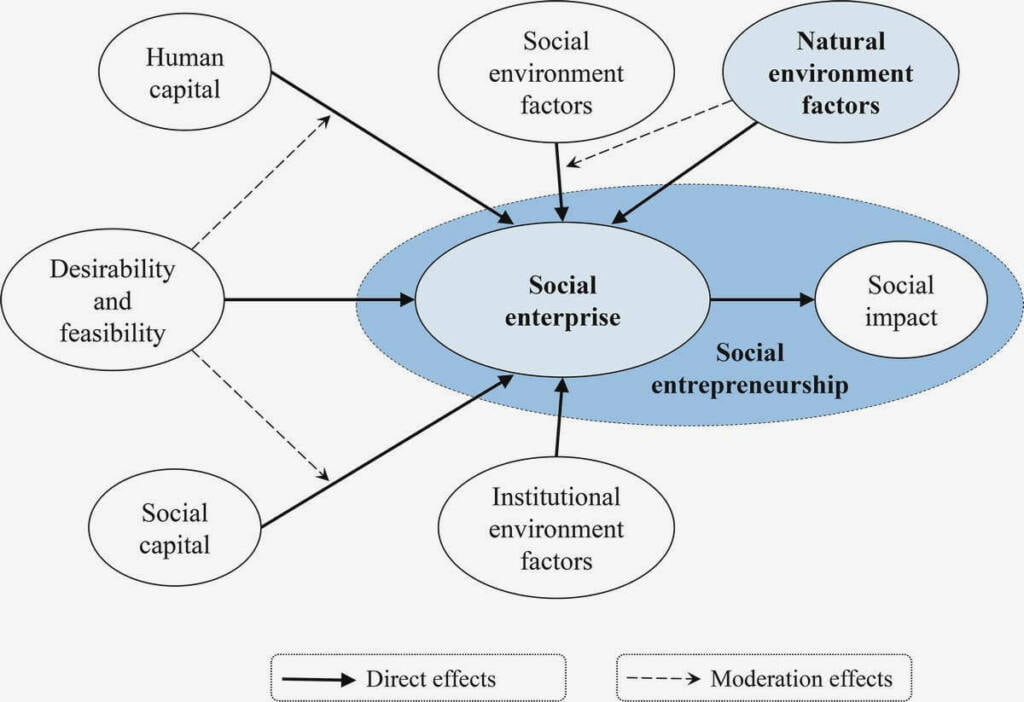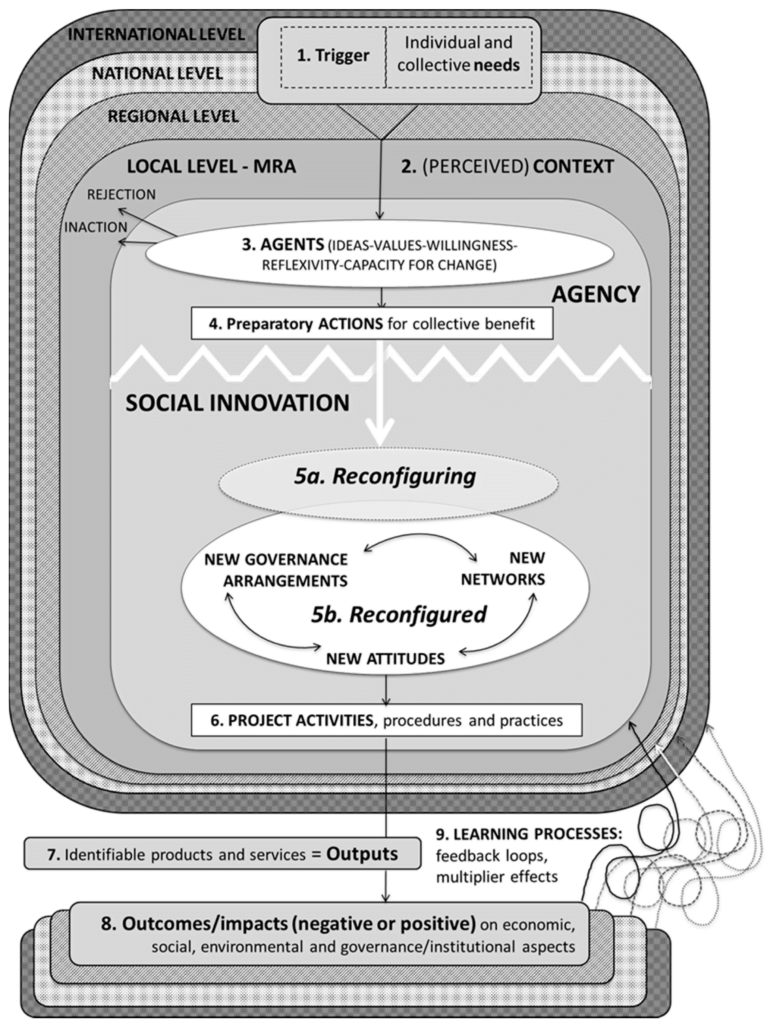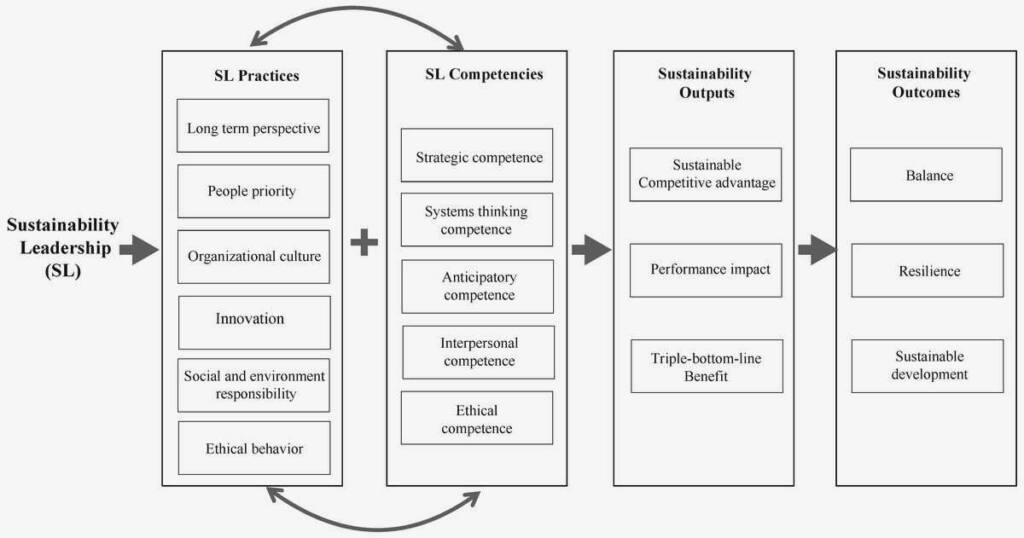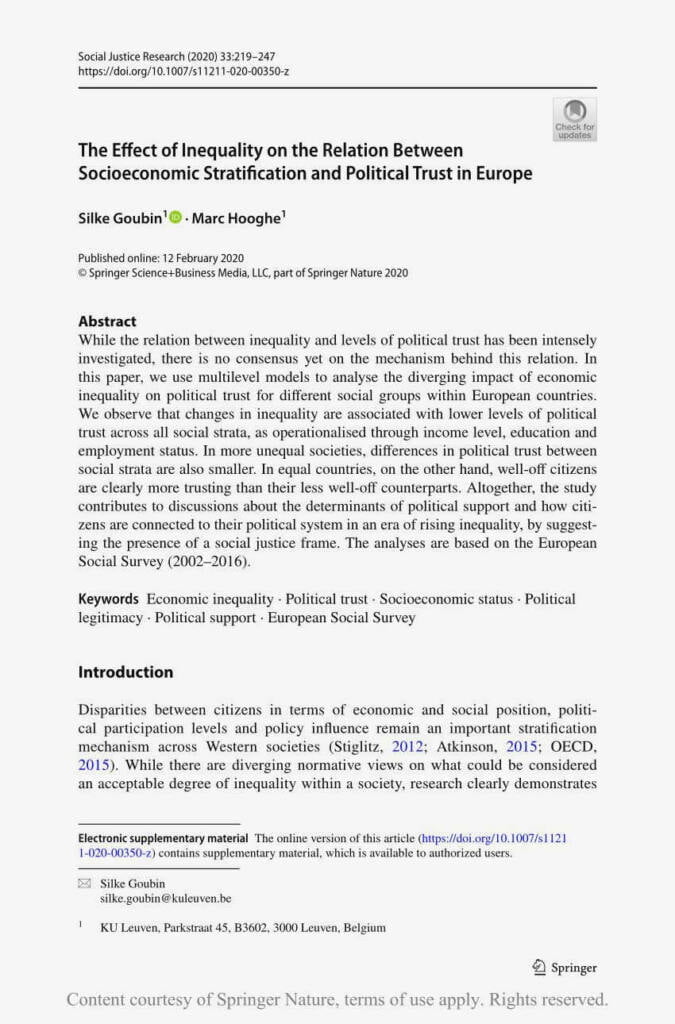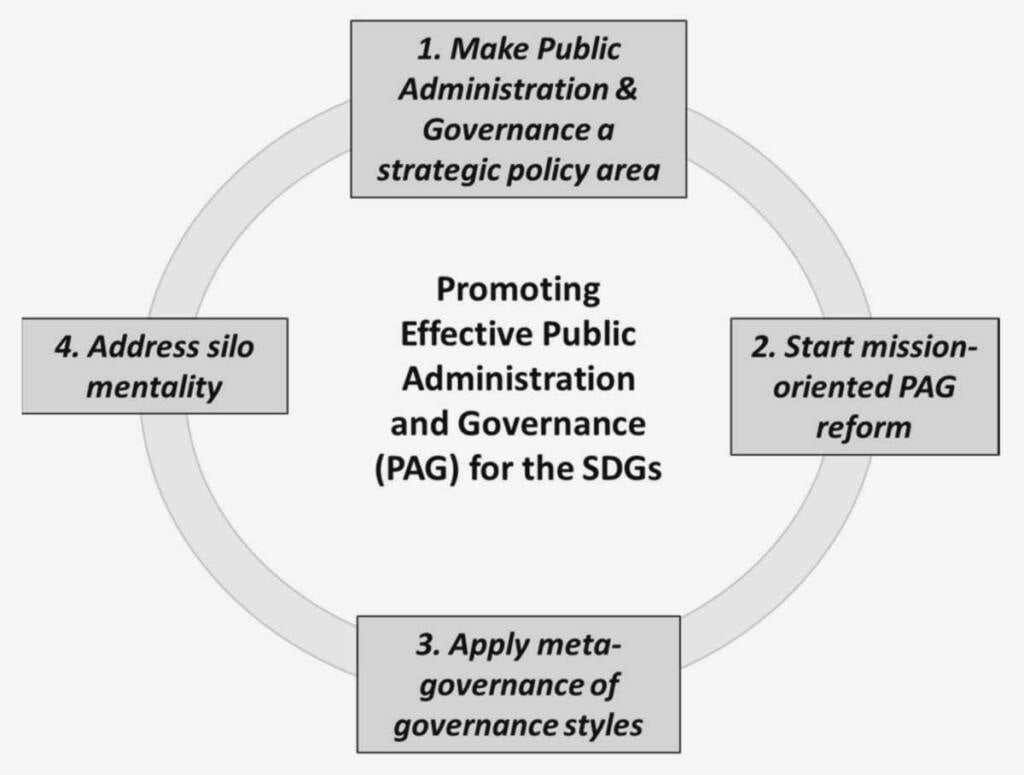Disasters can strike at any time, leaving communities devastated and in need of urgent assistance. In these times of crisis, civil society organizations play a crucial role in providing relief and support to those affected. These organizations, which are made up of non-governmental and non-profit entities, work tirelessly to provide emergency aid, rebuild infrastructure, and facilitate the recovery process.
Civil society organizations, such as humanitarian NGOs, volunteer groups, and community-based organizations, have a unique ability to respond quickly and effectively to disasters. Unlike government agencies, they are not bound by bureaucratic processes and can mobilize resources and volunteers at a moment’s notice. This flexibility allows them to provide immediate assistance to those in need, often before government aid arrives. Additionally, civil society organizations are often deeply embedded within local communities, giving them a deep understanding of the specific needs and challenges faced by those affected by the disaster.
One of the key roles played by civil society organizations in disaster relief efforts is the coordination and distribution of aid. In the aftermath of a disaster, these organizations work closely with other stakeholders, including government agencies and international humanitarian organizations, to ensure that aid reaches those who need it most. They establish distribution networks, assess needs, and prioritize assistance based on the severity of the situation. Civil society organizations also play a crucial role in advocating for the rights of affected communities and ensuring that their voices are heard in decision-making processes.
Furthermore, civil society organizations are instrumental in the long-term recovery and rehabilitation process. They work with communities to rebuild infrastructure, provide psychosocial support to survivors, and promote sustainable development initiatives. By involving local communities in the recovery process, civil society organizations empower them to take ownership of their own development and build resilience to future disasters. Through their work, these organizations not only provide immediate relief but also contribute to building stronger, more resilient communities that are better equipped to face future challenges.
The Importance of Civil Society Organizations in Disaster Relief
Civil society organizations play a crucial role in disaster relief efforts. These organizations, which include non-governmental organizations (NGOs), faith-based organizations, and community-based organizations, provide essential support and assistance to affected communities during and after disasters.
One of the key reasons why civil society organizations are important in disaster relief is their ability to mobilize quickly and effectively. Unlike government agencies, which can sometimes face bureaucratic hurdles, civil society organizations have the flexibility to respond rapidly to emergencies. They can gather resources, coordinate volunteers, and provide immediate relief to those in need.
Civil society organizations also bring valuable expertise to disaster relief efforts. Many of these organizations specialize in areas such as healthcare, emergency response, and reconstruction. Their knowledge and experience help ensure that relief efforts are targeted, efficient, and address the specific needs of affected communities.
Another important role of civil society organizations in disaster relief is their ability to empower local communities. These organizations work closely with communities to build their capacity and resilience in the face of disasters. They engage community members in decision-making processes, support local initiatives, and promote long-term recovery and sustainable development.
In addition to their immediate response and long-term support, civil society organizations also play a critical role in advocating for disaster risk reduction and preparedness. They raise awareness about the importance of disaster preparedness and work with governments and other stakeholders to develop policies and programs that enhance resilience.
In conclusion, civil society organizations are indispensable in disaster relief efforts. Their agility, expertise, community engagement, and advocacy work make them essential partners in building resilience and ensuring the well-being of affected communities in the face of disasters.
Coordinated Efforts in Disaster Relief
Effective disaster relief requires coordinated efforts from multiple stakeholders, including civil society organizations (CSOs). When a disaster strikes, CSOs play a crucial role in providing immediate assistance to affected communities and ensuring the efficient allocation of resources. These organizations often have established networks and partnerships, enabling them to quickly mobilize volunteers, gather essential supplies, and distribute aid where it is most needed.
Collaboration: Coordinated efforts in disaster relief involve collaboration between CSOs, government agencies, and other relevant stakeholders. By working together, these entities can pool their resources and expertise to maximize the impact of their relief efforts. CSOs often act as intermediaries, connecting different actors and coordinating their actions to ensure a comprehensive and efficient response.
Needs Assessment: One key aspect of coordinated disaster relief is conducting thorough needs assessments. CSOs, with their local presence and community ties, play a crucial role in gathering information about the specific needs of affected populations. This involves conducting surveys, interviews, and field visits to understand the immediate needs and prioritize the allocation of resources. The data collected by CSOs helps guide relief efforts and ensures that assistance reaches those who need it the most.
Resource Mobilization: Coordinated efforts also involve resource mobilization, and CSOs excel in this aspect. These organizations have a strong track record of fundraising and leveraging partnerships to secure financial and material resources for disaster relief. They often engage with donors, both individuals and institutions, to raise funds and coordinate the procurement of essential supplies. By pooling their resources, CSOs can maximize their impact and reach a wider range of beneficiaries.
Scalability and Adaptability: Coordinated disaster relief efforts must be scalable and adaptable to changing circumstances. CSOs are well-positioned to respond to evolving needs and challenges, as they have a deep understanding of the local context. They can quickly adjust their strategies and allocate resources according to the changing needs on the ground. This flexibility allows CSOs to fill gaps in the existing response system and provide assistance where it is lacking.
In conclusion, coordinated efforts in disaster relief, with the active involvement of civil society organizations, are essential for an effective and efficient response. Through collaboration, needs assessment, resource mobilization, and flexibility, CSOs play a crucial role in ensuring that assistance reaches those who need it the most during times of crisis.
Mobilizing Resources and Expertise
Civil society organizations play a crucial role in disaster relief efforts by mobilizing both resources and expertise to support affected communities. When a disaster strikes, such as a natural calamity or a humanitarian crisis, these organizations are often at the forefront of providing immediate assistance. They leverage their networks, partnerships, and connections to quickly gather and distribute necessary resources like food, water, medical supplies, and shelter.
One way civil society organizations mobilize resources is through fundraising campaigns. They use their platforms and reach to raise public awareness about the crisis and its impact, encouraging individuals and corporations to donate money, goods, or services. These funds are then used to procure essential materials and equipment needed for disaster relief operations. Civil society organizations often have established relationships with donors, both local and international, which helps them secure the necessary financial support.
In addition to mobilizing resources, civil society organizations also bring valuable expertise to disaster relief efforts. They have trained staff and volunteers who specialize in various fields such as emergency response, healthcare, logistics, and community development. These professionals can quickly assess the needs of the affected population and develop appropriate strategies to address them.
Civil society organizations also serve as a bridge between affected communities and government agencies, humanitarian organizations, and other stakeholders. They have a deep understanding of the local context, culture, and needs, which enables them to effectively convey the community’s concerns and priorities to decision-makers. This helps in formulating and implementing disaster response plans that are tailored to the specific needs of the affected communities.
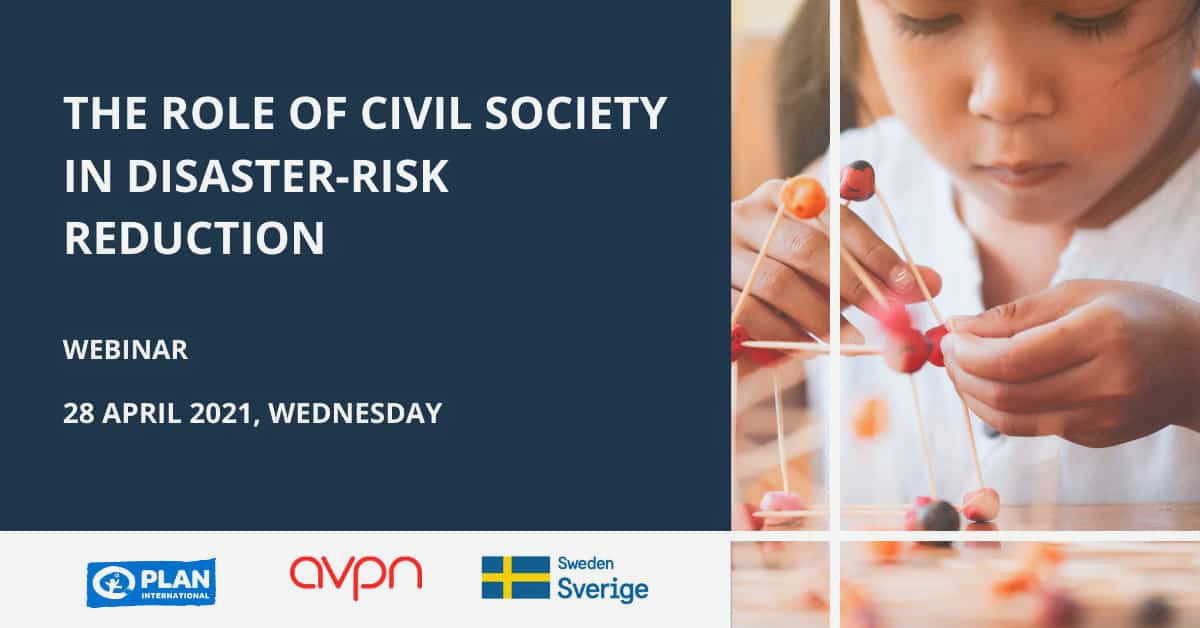
Moreover, civil society organizations often have established relationships with local community leaders, grassroots organizations, and volunteers. They can effectively mobilize these networks to engage in community-driven response and recovery efforts. By empowering and involving the affected communities themselves in the relief efforts, civil society organizations ensure that the response is participatory, inclusive, and sustainable.
In conclusion, civil society organizations are instrumental in disaster relief efforts as they mobilize resources, expertise, and local networks to provide immediate assistance and support to affected communities. Their ability to quickly respond, leverage partnerships, and empower communities makes them indispensable partners in addressing the challenges posed by disasters and crises.
Rapid Response and Emergency Aid
When disasters strike, time is of the essence. Civil society organizations play a crucial role in providing rapid response and emergency aid in these situations. They are often the first to arrive on the scene, with trained personnel and essential supplies, to assess the situation and provide immediate assistance to those affected.
One of the key strengths of civil society organizations is their ability to mobilize resources quickly. Through their networks and partnerships, they can gather funds, volunteers, and logistics support to respond swiftly to disaster-affected areas. This agility allows them to provide emergency aid such as food, water, shelter, and medical assistance to those in need, mitigating the immediate impact of the disaster and saving lives.
In addition to providing basic necessities, civil society organizations also play a critical role in coordinating and managing emergency response efforts. They work closely with local authorities, government agencies, and other stakeholders to ensure an efficient and effective response. This coordination helps avoid duplication of efforts, maximize the use of available resources, and prioritize aid according to the needs of the affected communities.
Civil society organizations also contribute to the long-term recovery and reconstruction efforts following a disaster. They support communities in rebuilding their lives, infrastructure, and livelihoods. This involves working with local communities to identify their needs and priorities, providing technical expertise and training, and advocating for their rights and interests in recovery processes. Through their sustained involvement, civil society organizations contribute to building resilient communities that are better prepared for future disasters.
In conclusion, the rapid response and emergency aid provided by civil society organizations are indispensable in disaster relief efforts. Their ability to mobilize resources quickly, coordinate response efforts, and support long-term recovery makes them an invaluable asset in mitigating the impact of disasters and helping affected communities rebuild and recover.
Supporting Vulnerable Communities
Civil society organizations play a crucial role in supporting vulnerable communities during disaster relief efforts. These organizations work tirelessly to provide assistance and support to those who are most in need. They often collaborate with local governments, non-governmental organizations, and other stakeholders to ensure the most effective and efficient response to disasters.
One way civil society organizations support vulnerable communities is by providing immediate relief and assistance in the aftermath of a disaster. They distribute essential supplies such as food, water, and shelter to those affected by the disaster. They also offer medical aid and psychological support to help individuals cope with the trauma they have experienced.
Civil society organizations also play a vital role in the long-term recovery of vulnerable communities. They work alongside the affected communities to develop sustainable solutions and rebuild infrastructure. They assist in the reconstruction of homes, schools, and hospitals, ensuring that the community can return to a sense of normalcy and stability.
Additionally, civil society organizations advocate for the rights and needs of vulnerable communities during disaster relief efforts. They raise awareness about the unique challenges faced by these communities and work to ensure that their voices are heard in the decision-making processes. They push for policies and initiatives that address the underlying causes of vulnerability and promote resilience.
In conclusion, civil society organizations are essential in supporting vulnerable communities during disaster relief efforts. Through their immediate relief efforts, long-term recovery initiatives, and advocacy work, these organizations help ensure that the needs of the most vulnerable are met and that they can recover and rebuild their lives in the aftermath of a disaster.
Building Resilience and Preparedness
To effectively respond to disasters, civil society organizations play a crucial role in building resilience and preparedness within communities. A key aspect of this work is providing education and training to community members on disaster risk reduction and emergency response strategies. Through workshops, trainings, and community outreach programs, these organizations empower individuals to take a proactive approach in safeguarding themselves and their communities.
Education and Awareness
Civil society organizations are at the forefront of educating communities about various types of disasters, their potential impacts, and the necessary steps to mitigate risks. By raising awareness and providing accurate information, these organizations equip individuals with the knowledge needed to make informed decisions and take appropriate actions before, during, and after a disaster.
Collaboration and Coordination
Building resilience and preparedness also involves fostering collaboration and coordination among different stakeholders, including government agencies, non-profit organizations, and community leaders. Civil society organizations play a key role in facilitating these partnerships and ensuring effective communication and cooperation among all parties. This coordination enables efficient resource allocation, timely response, and better overall disaster management.
Advocacy and Policy Influence
In addition to their operational roles, civil society organizations also engage in advocacy and policy influence to promote disaster risk reduction and preparedness measures. By engaging with policymakers, advocating for policy changes, and sharing best practices, these organizations help create an enabling environment for disaster resilience. They also play a critical role in addressing systemic issues and advocating for more equitable and inclusive approaches to disaster management.
In conclusion, civil society organizations are vital in building resilience and preparedness within communities. Through education, collaboration, and advocacy, these organizations empower individuals, foster partnerships, and drive positive change in disaster risk reduction and emergency response efforts.
Advocating for Policy Changes
Civil society organizations play a crucial role in advocating for policy changes that can improve disaster relief efforts. These organizations have the knowledge and expertise to understand the challenges faced by communities affected by disasters, and they use their platforms to raise awareness and push for necessary policy reforms.
One way in which civil society organizations advocate for policy changes is by conducting research and gathering data on the effectiveness of current disaster relief strategies. They analyze past disaster responses and identify areas where improvements can be made. This data is then presented to policymakers and used to make evidence-based recommendations for policy changes that can enhance disaster preparedness and response.
Civil society organizations also engage in advocacy campaigns to raise public awareness about the importance of disaster relief and the need for policy reforms. They use various communication channels, such as social media, public events, and lobbying, to educate the public and put pressure on policymakers to take action. Through these campaigns, they aim to generate public support and create a sense of urgency around the need for policy changes.
In addition to raising awareness and gathering data, civil society organizations actively participate in policy dialogues and decision-making processes. They engage with government officials, humanitarian agencies, and other stakeholders to voice their concerns, provide recommendations, and contribute to the development of new policies and frameworks. By actively participating in these processes, civil society organizations ensure that the perspectives and needs of affected communities are taken into account.
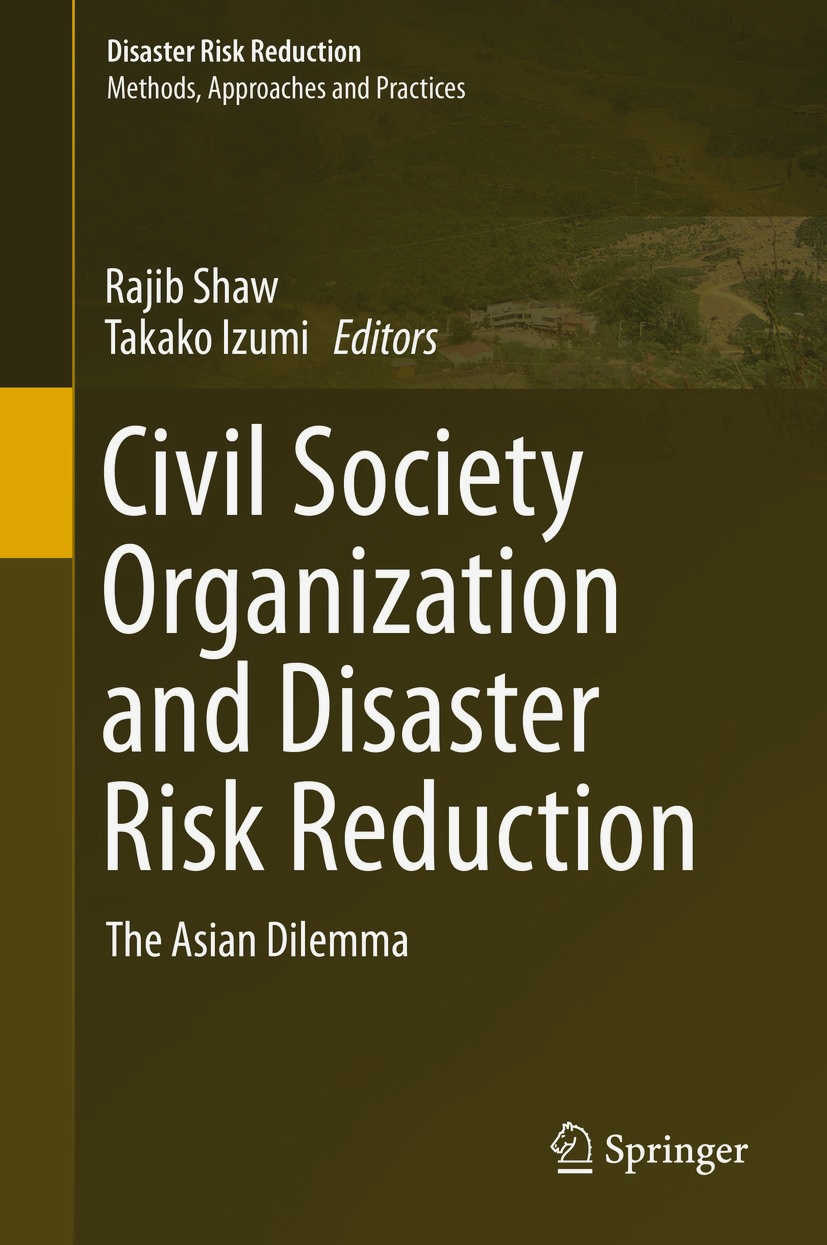
Furthermore, civil society organizations collaborate with other stakeholders, such as academics, researchers, and private sector entities, to strengthen their advocacy efforts. They form partnerships and networks to leverage their combined expertise and resources, and to amplify their voices. By working together, these organizations can have a greater impact and influence policymakers at local, national, and international levels.
In summary, civil society organizations are crucial in advocating for policy changes that can enhance disaster relief efforts. Through their research, advocacy campaigns, active participation in policy dialogues, and collaborations with other stakeholders, these organizations play a vital role in shaping policies and frameworks that can better protect and support communities affected by disasters.
Strengthening Community Engagement
Community engagement plays a crucial role in disaster relief efforts and is essential for the successful implementation of recovery strategies. By involving the community in the decision-making process, civil society organizations can ensure that relief efforts are aligned with the needs and priorities of the affected population.
Empowering Local Leaders: Civil society organizations can strengthen community engagement by empowering local leaders and grassroots organizations. They can provide training and resources to these individuals and groups, enabling them to take an active role in the disaster response and recovery process. By supporting local leaders, civil society organizations can tap into their knowledge and expertise, ensuring that relief efforts are culturally sensitive and context-appropriate.
Informing and Educating: Communication is key to effective community engagement. Civil society organizations can play a vital role in informing and educating the community about disaster risks, preparedness measures, and available resources. They can organize workshops, awareness campaigns, and training sessions to raise awareness and build capacity within the community. By equipping the community with knowledge and skills, civil society organizations empower individuals to actively participate in the disaster relief efforts.
Building Trust: Building trust between civil society organizations and the community is essential for effective community engagement. Transparency, accountability, and open communication are key elements in establishing trust. Civil society organizations should involve the community in decision-making processes, seek their input and feedback, and provide regular updates on the progress of relief efforts. By demonstrating their commitment to the well-being of the community, civil society organizations can foster trust and strengthen the relationship between themselves and the community.
Ensuring Accountability and Transparency
Transparency in Funding Allocation
One of the key aspects of ensuring accountability and transparency in disaster relief efforts is the transparency in funding allocation. Civil society organizations play a crucial role in making sure that the funds received for disaster relief are allocated in a transparent manner. This involves providing clear and detailed reports on how the funds are being used, including the specific projects or activities they are being allocated to. By doing so, civil society organizations build trust and confidence among donors and the general public, reassuring them that their contributions are being utilized effectively and efficiently.
Monitoring and Evaluation
Accountability and transparency are also reinforced through the monitoring and evaluation processes implemented by civil society organizations. These organizations have the responsibility to regularly monitor and evaluate the progress and impact of their disaster relief efforts. They establish systems to measure the effectiveness of their activities and to ensure that the intended beneficiaries are receiving the necessary support. Regular reports on the outcomes of these monitoring and evaluation processes, as well as any adjustments and improvements made, further contribute to transparency and accountability.
Public Reporting
Public reporting is another important factor in ensuring accountability and transparency in disaster relief efforts. Civil society organizations are required to provide reports that are accessible to the public, detailing their activities, expenditures, and outcomes. This can be done through various means, such as annual reports, website publications, or public meetings. By making this information readily available, civil society organizations enable the public to evaluate their performance and hold them accountable for their actions. This level of transparency also serves as a deterrent against fraudulent practices and mismanagement of funds.
Partnerships and Collaboration
Partnerships and collaboration between civil society organizations, government agencies, and other stakeholders are vital in ensuring accountability and transparency in disaster relief efforts. Working together, these actors can establish mechanisms to oversee the allocation and utilization of funds, as well as to jointly evaluate the effectiveness of the relief activities. By sharing information and resources, engaging in dialogue, and coordinating efforts, they can enhance transparency and accountability in the entire process. This collaborative approach also helps to minimize duplication of efforts and maximize the impact of limited resources.
International Collaboration and Partnership
Building Alliances
International collaboration and partnership are crucial in disaster relief efforts. Civil society organizations often work together with governments, non-profit organizations, and international bodies to provide effective and coordinated assistance. By building alliances, organizations can pool their resources, expertise, and networks to address the diverse needs of communities affected by disasters. These partnerships allow for a more efficient and comprehensive response, ensuring that relief efforts reach those who need it most.
Sharing Best Practices
International collaboration also enables the sharing of best practices and lessons learned in disaster relief. Civil society organizations from different countries can exchange knowledge and experiences, identifying innovative approaches and strategies. This exchange of information helps in developing more effective disaster response plans and programs, ensuring that resources are used in the most efficient manner. By learning from each other, organizations can continuously improve their disaster relief efforts.
Coordinating Efforts
Disasters know no borders, and coordination among international partners is essential to ensure a quick and efficient response. Civil society organizations, along with governments and other stakeholders, can establish coordination mechanisms to streamline efforts and avoid duplication of resources. This coordination includes sharing information, coordinating logistics, and aligning actions to maximize impact. Through international collaboration and partnership, civil society organizations can contribute to a more coordinated and effective global disaster response system.
Funding and Resource Mobilization
International collaboration and partnership are also vital for mobilizing funds and resources for disaster relief efforts. Civil society organizations can leverage their international connections and partnerships to secure funding from various sources, including governments, foundations, and corporations. By working together, organizations can increase their chances of accessing financial support and resources needed to provide immediate relief and long-term recovery assistance. International collaboration enhances the capacity of civil society organizations to respond to disasters and meet the needs of affected communities.
Advocacy and Policy Influence
Global collaboration and partnership enable civil society organizations to advocate for policies and measures that strengthen disaster preparedness and response. By joining forces with international partners, organizations can amplify their voices and influence policy discussions at the global level. Through advocacy efforts, civil society organizations can push for policy changes, increased funding, and improved coordination mechanisms to enhance disaster resilience. International collaboration provides a platform for civil society organizations to advocate for the rights and needs of disaster-affected communities.
Long-term Recovery and Rehabilitation
Long-term recovery and rehabilitation are crucial components of disaster relief efforts that aim to address the aftermath of a disaster and help affected communities rebuild and regain their livelihoods. While immediate response and relief efforts focus on providing immediate aid and support, long-term recovery efforts are designed to promote the sustainable reconstruction and development of affected areas.
The role of civil society organizations in long-term recovery and rehabilitation is instrumental. These organizations play a key role in assessing the needs of affected communities, coordinating resources and efforts, and implementing programs and initiatives that help rebuild infrastructure, restore basic services, and facilitate the social and economic recovery of affected populations.
Long-term recovery and rehabilitation efforts often involve a multi-sectoral approach, with civil society organizations working closely with local governments, international aid agencies, and other stakeholders. They contribute their expertise and local knowledge to develop comprehensive recovery plans that address the various dimensions of recovery, including housing, education, healthcare, livelihoods, and environmental sustainability.
Through partnerships and collaborations, civil society organizations mobilize resources, advocate for the needs of affected communities, and facilitate the participation of local communities in the recovery process. They also provide capacity-building support to local organizations and communities, enabling them to actively participate in decision-making processes and contribute to the long-term recovery efforts.
Furthermore, civil society organizations play a vital role in fostering community resilience and promoting disaster risk reduction. They engage in awareness-raising activities, educational programs, and community-based initiatives that aim to enhance the preparedness and resilience of communities to future disasters.
In conclusion, long-term recovery and rehabilitation efforts are crucial for the sustainable recovery and development of disaster-affected communities. Civil society organizations play a crucial role in coordinating and implementing these efforts, contributing their expertise, resources, and advocacy to facilitate the recovery process and build community resilience.
